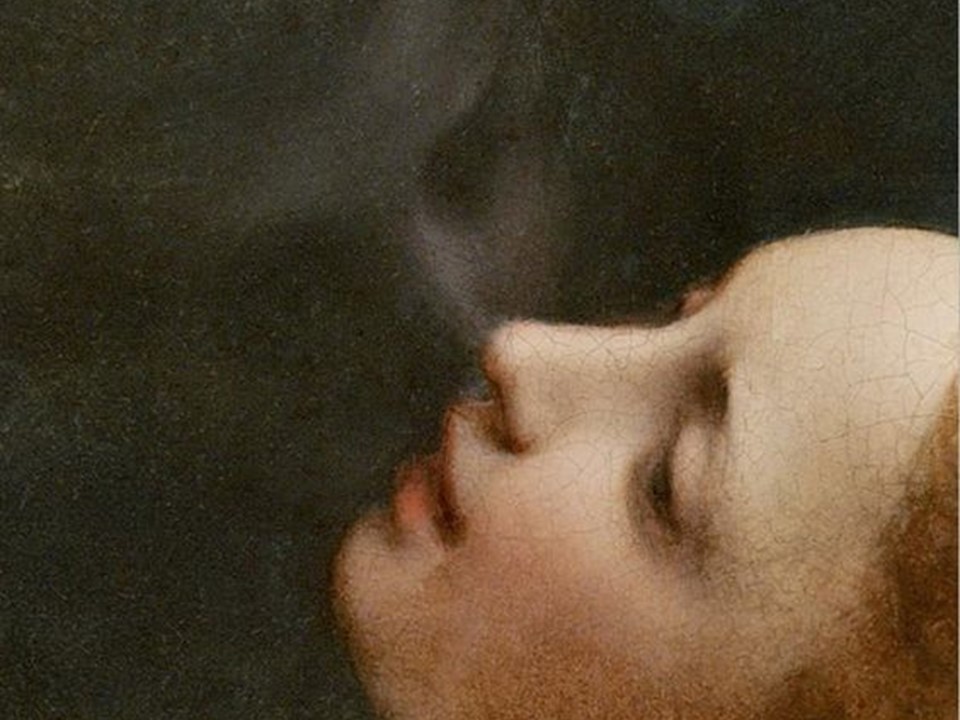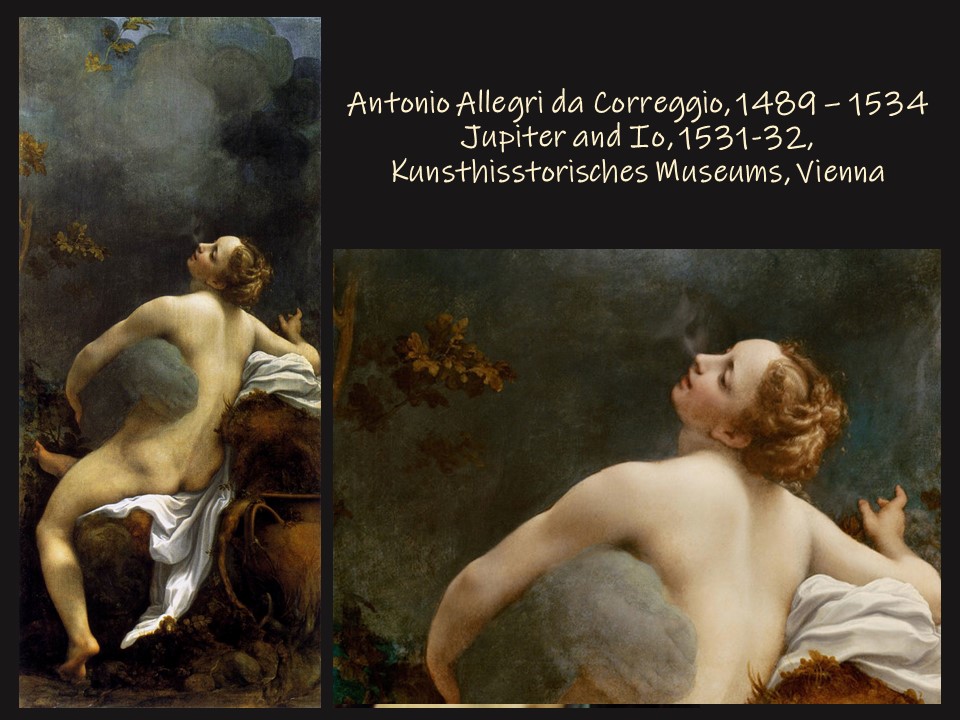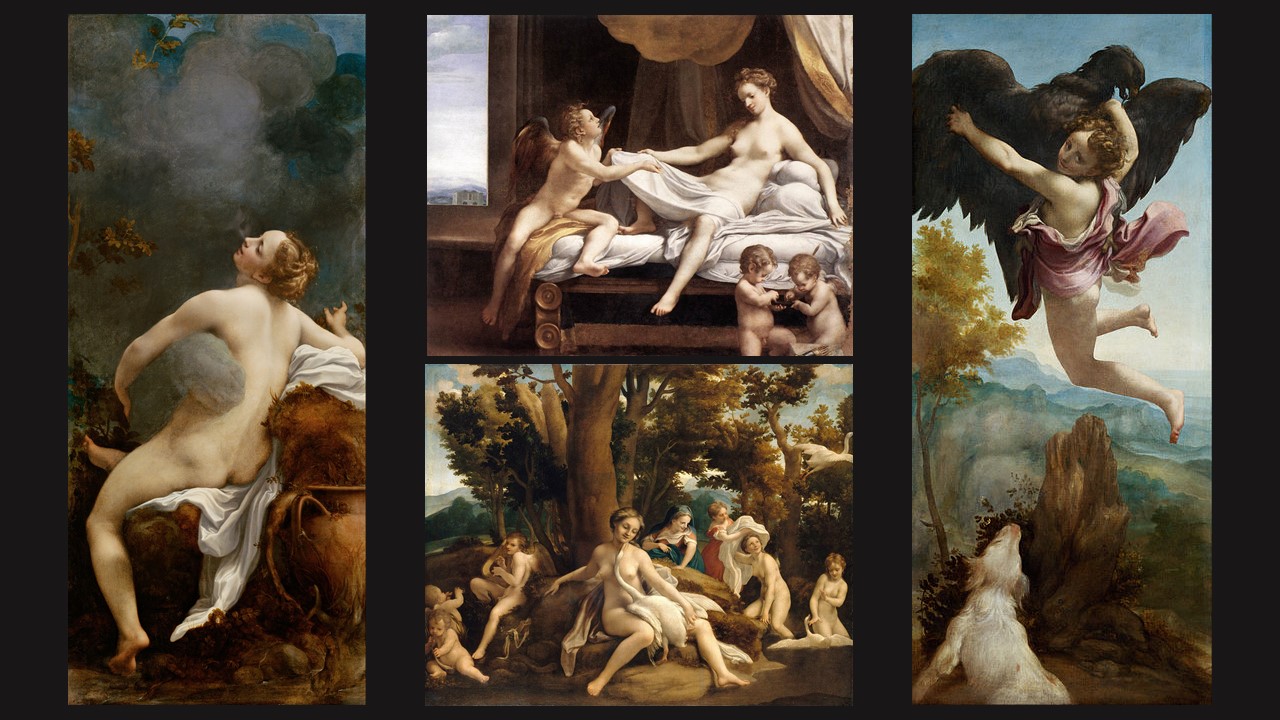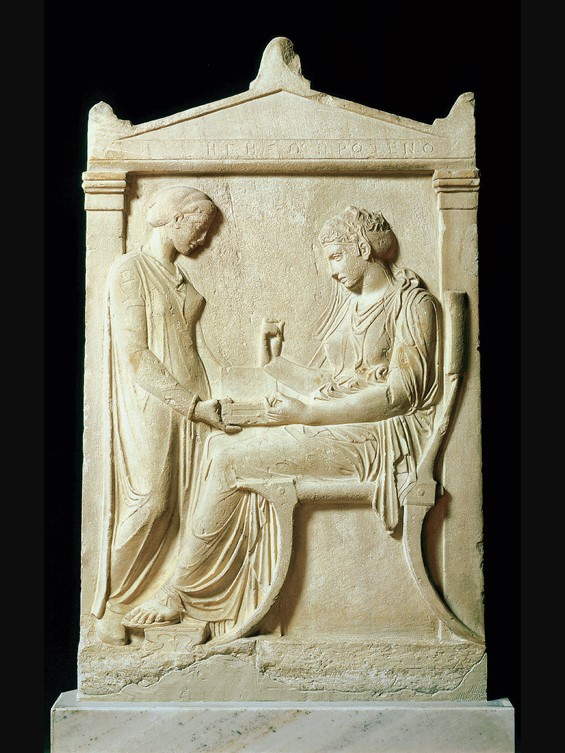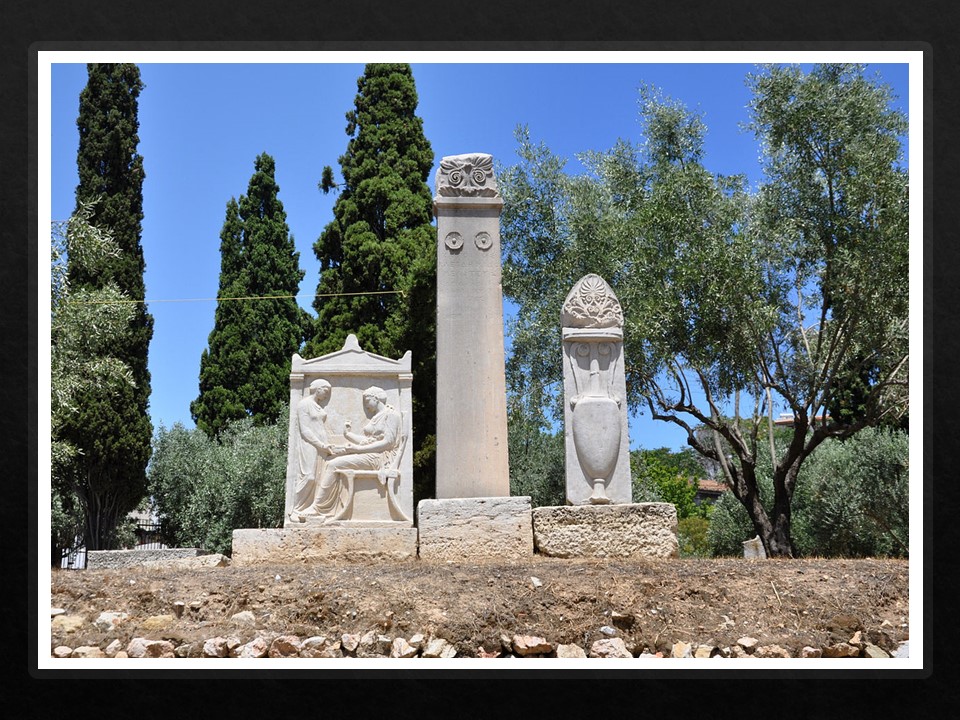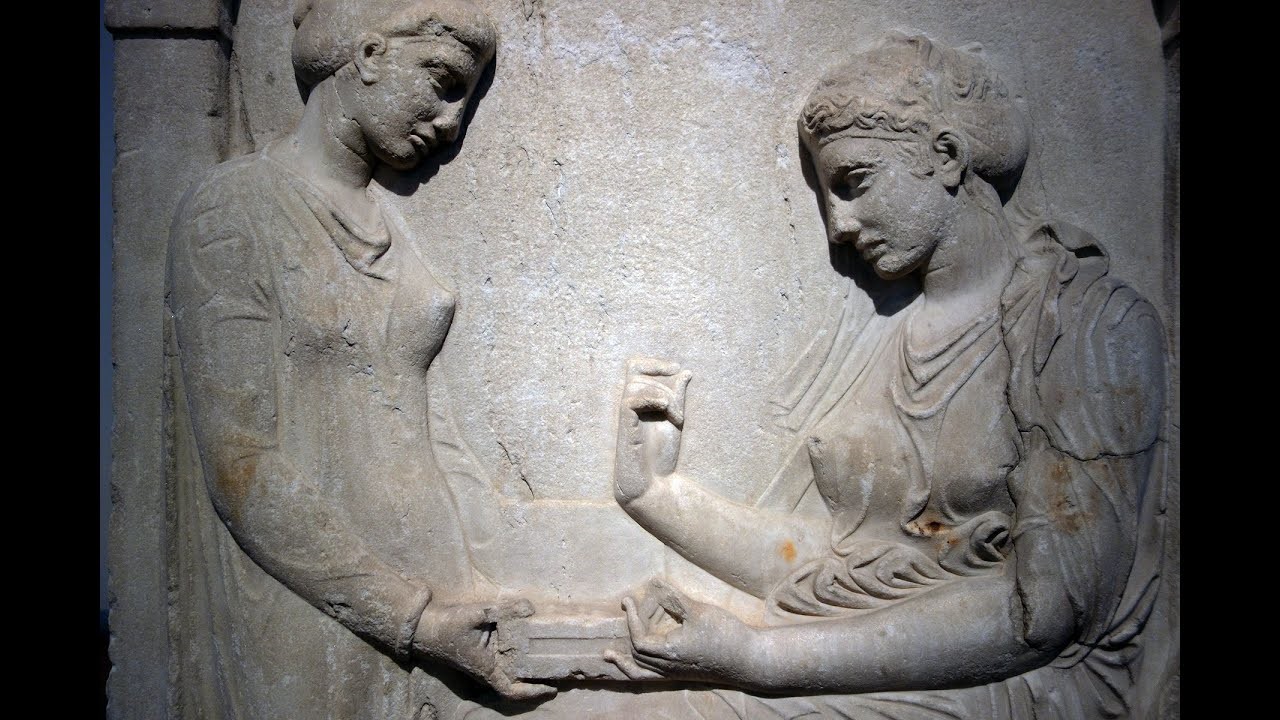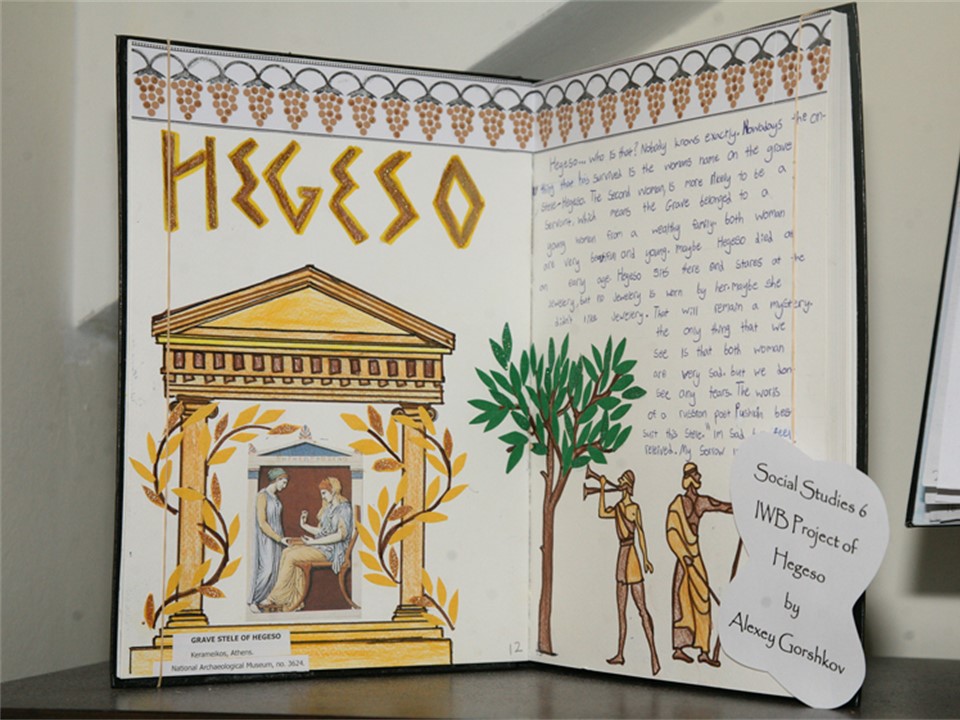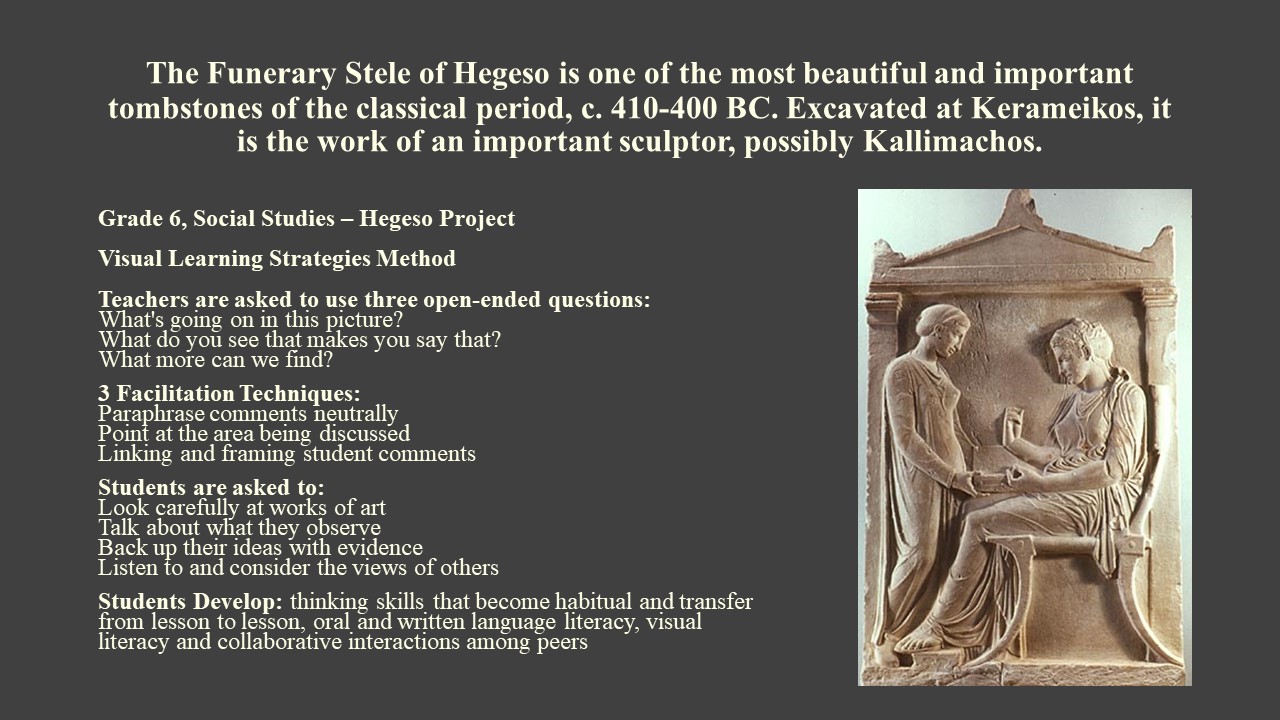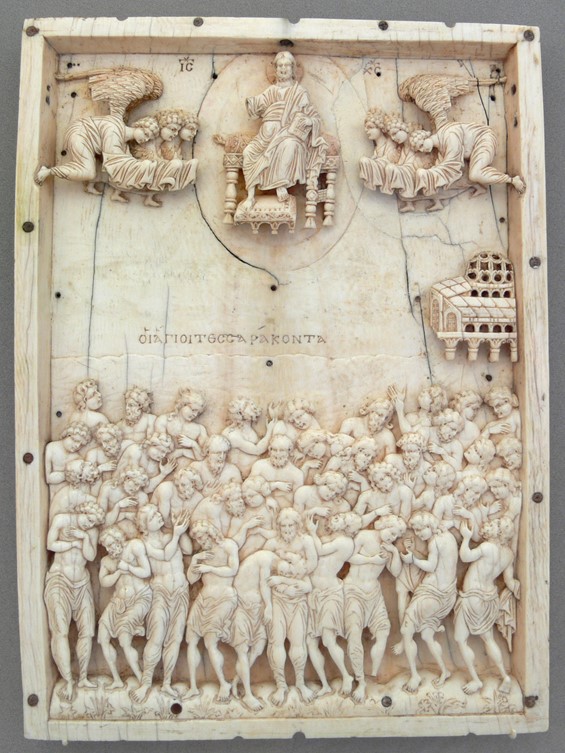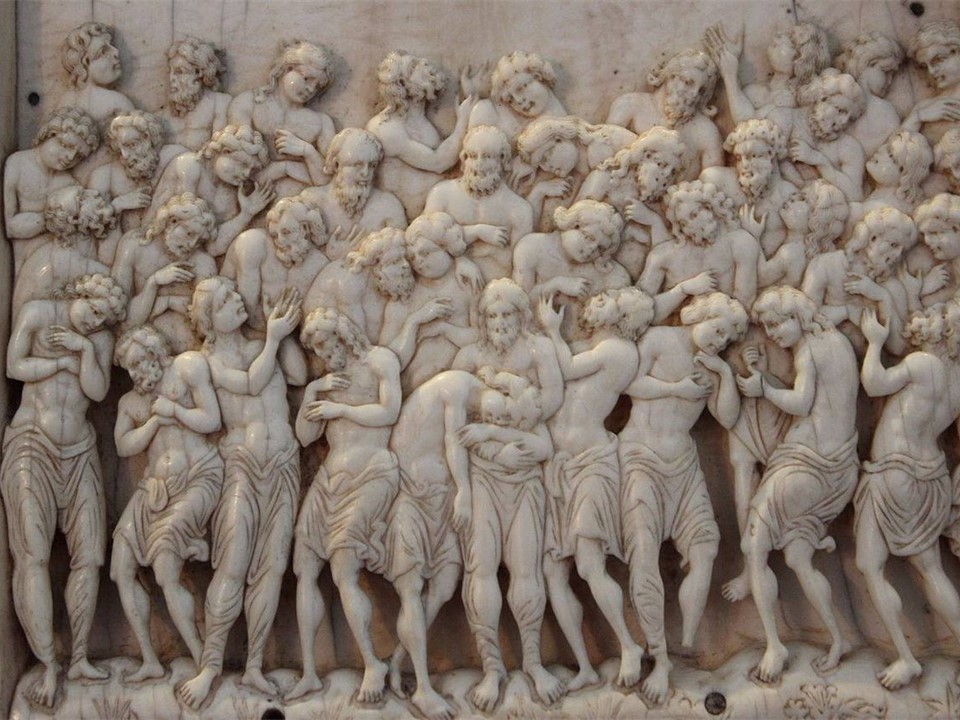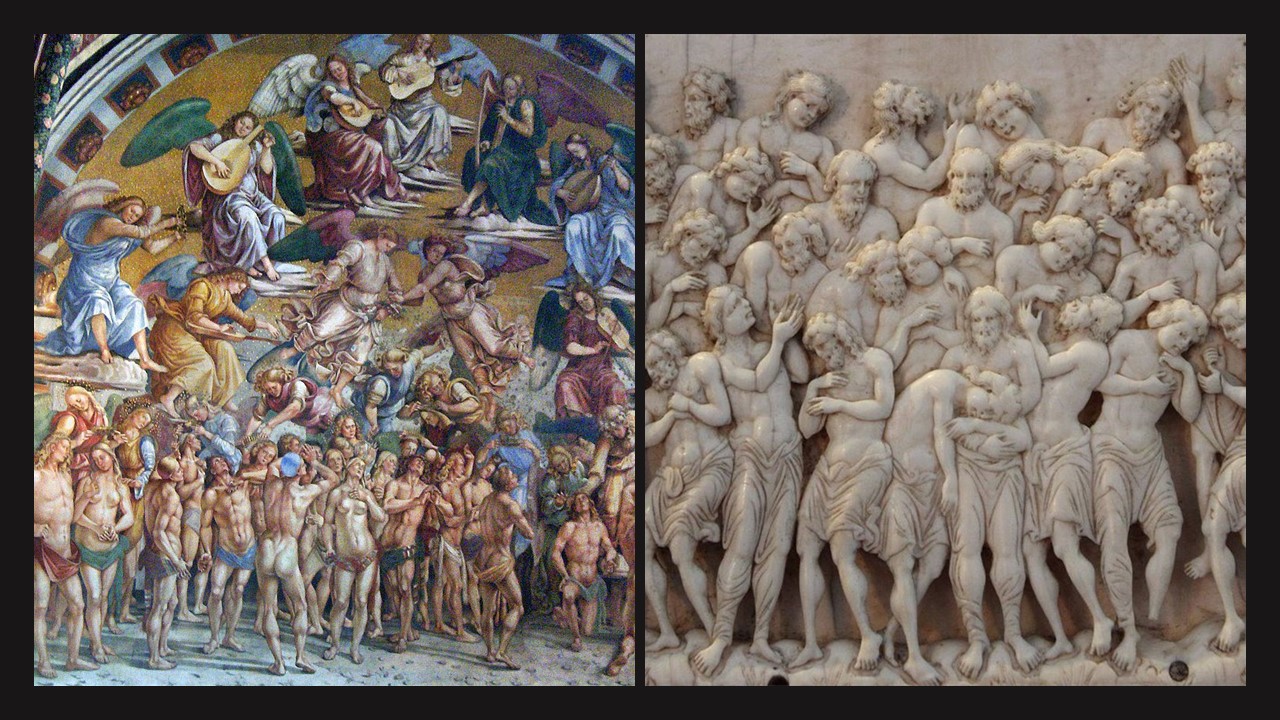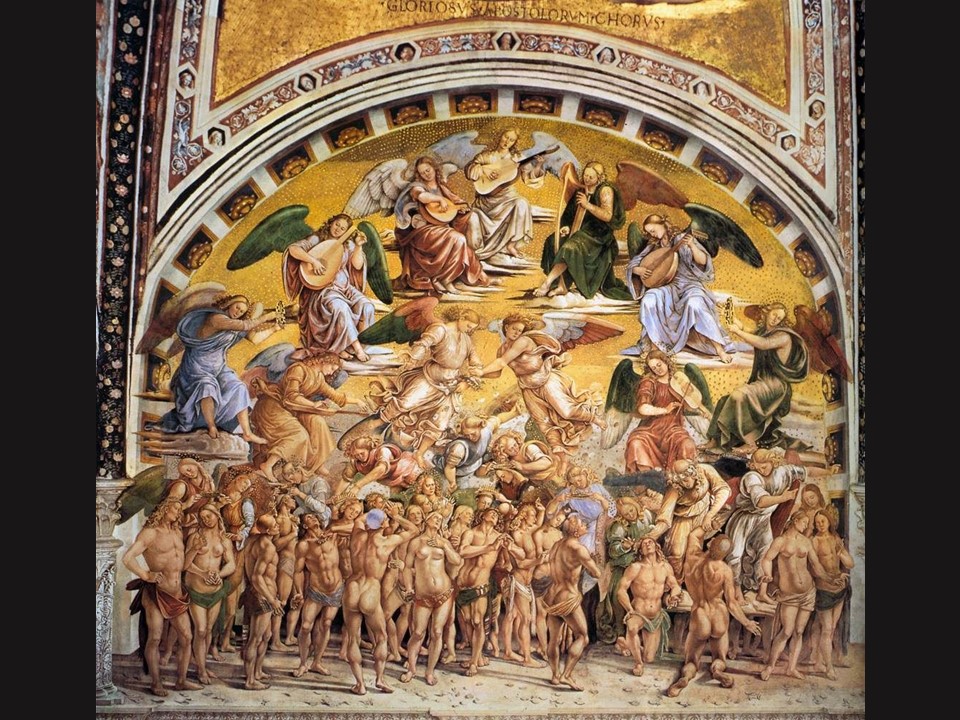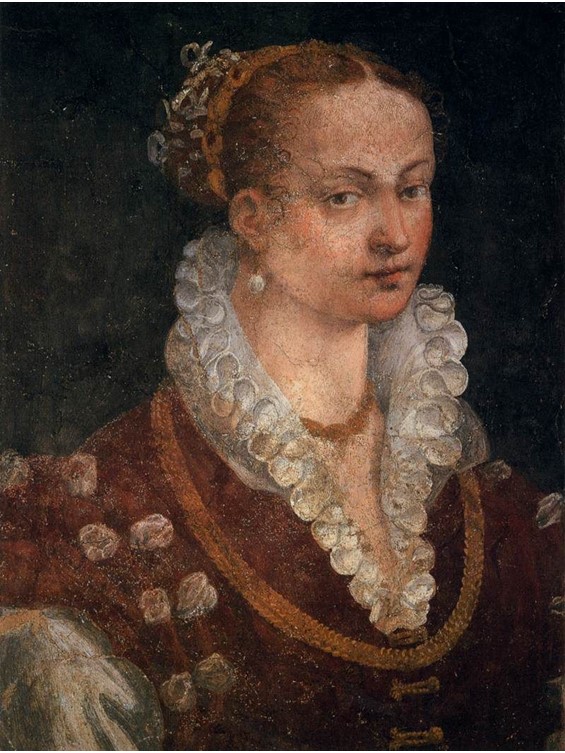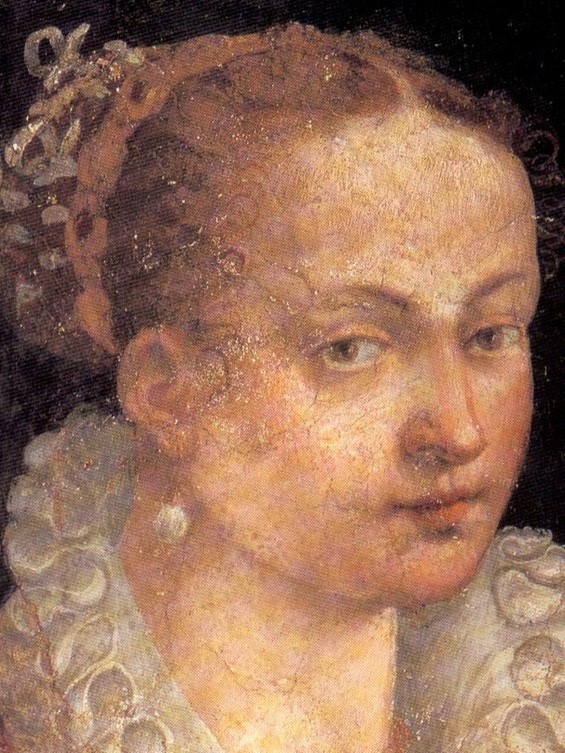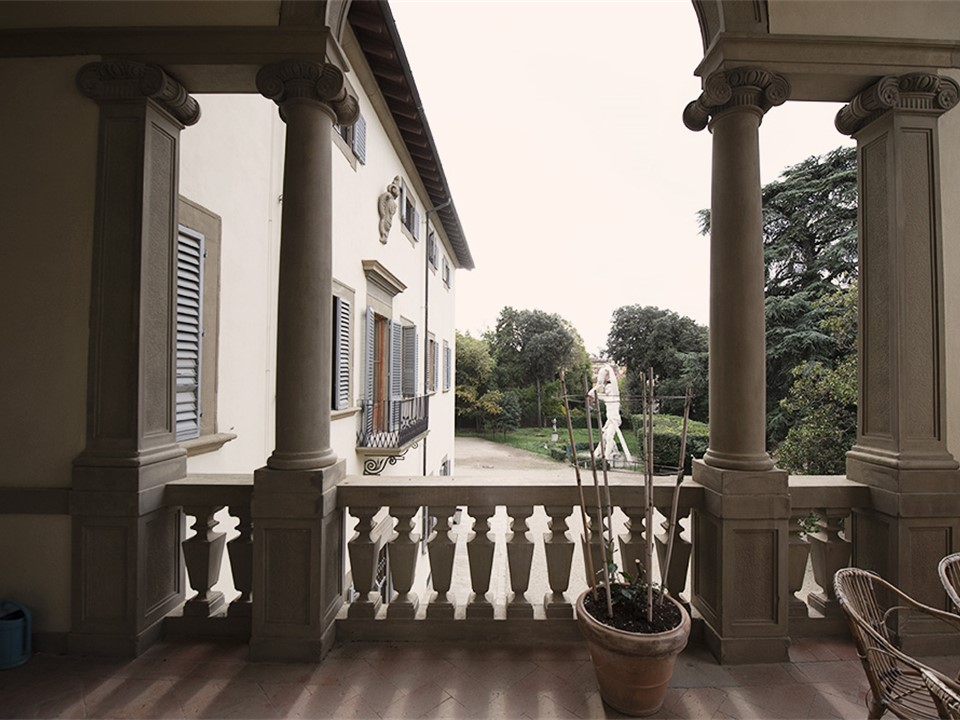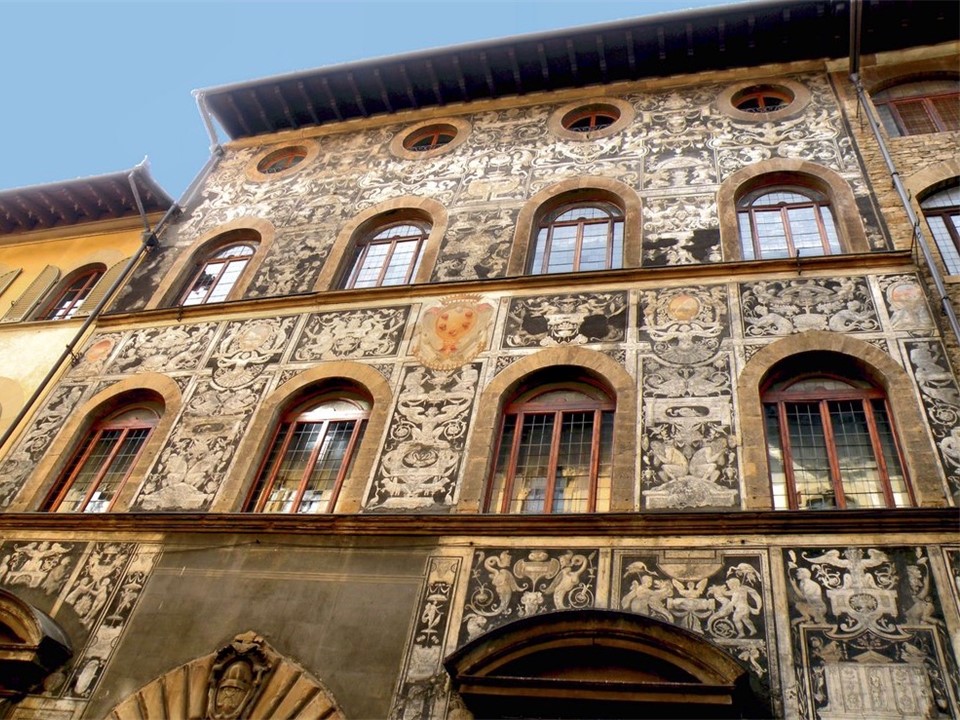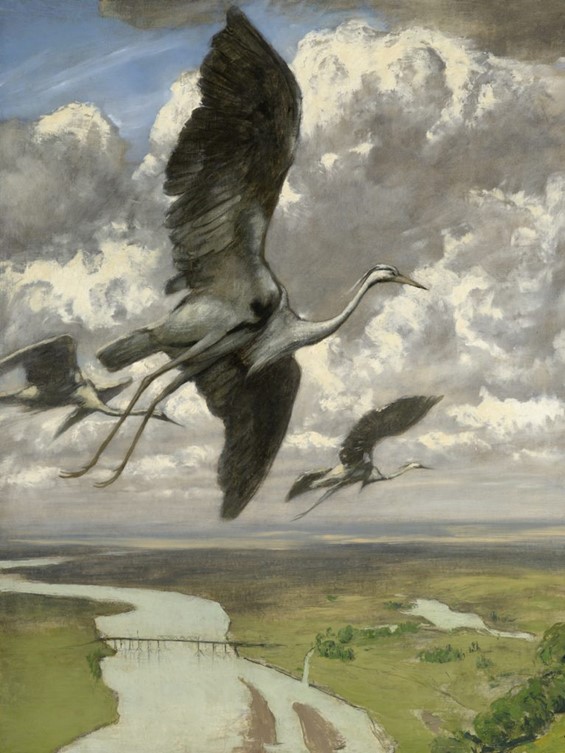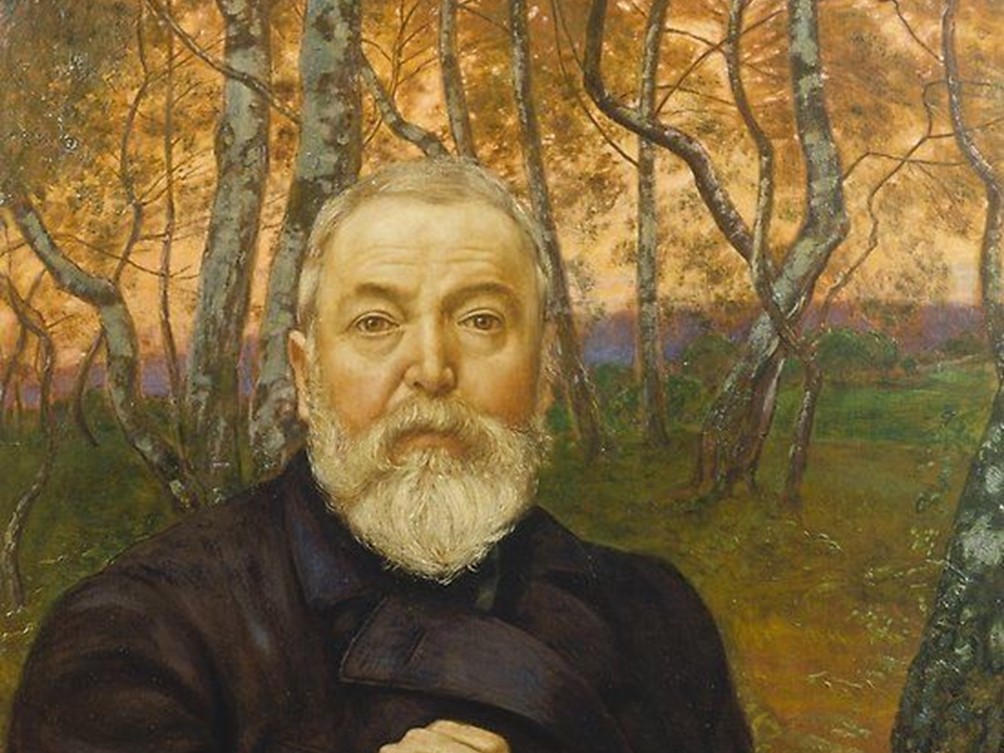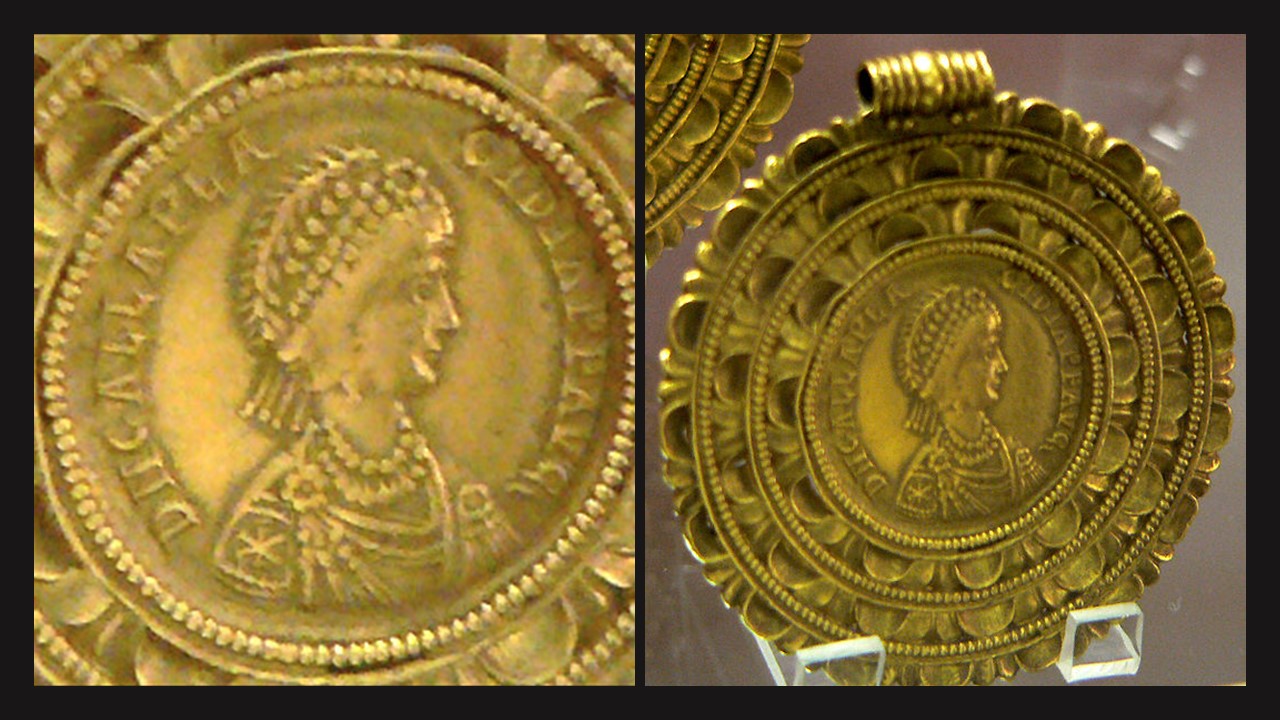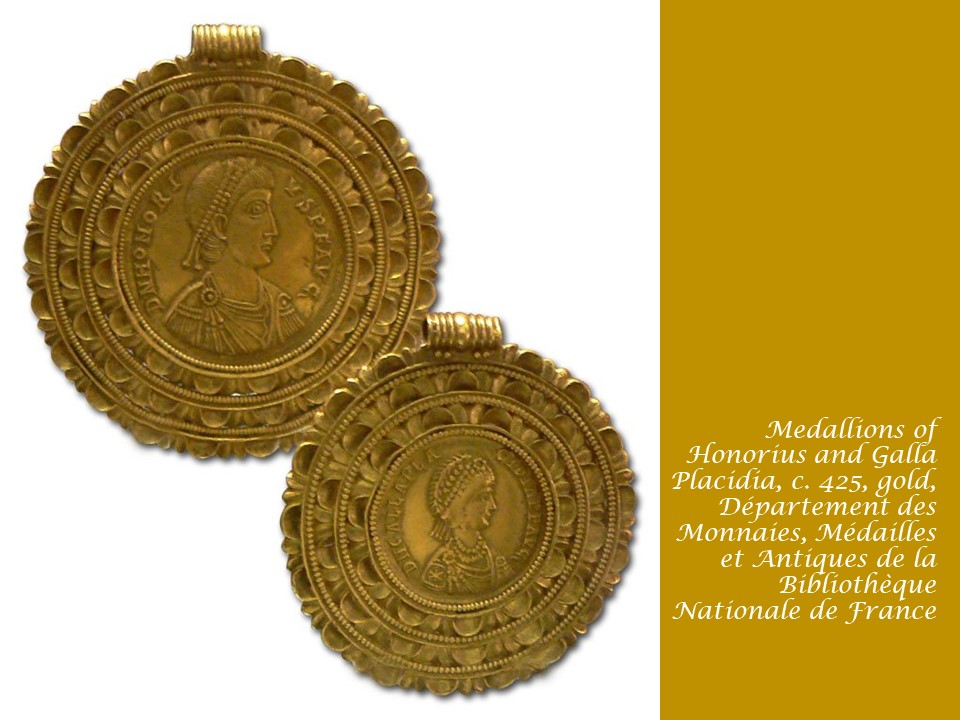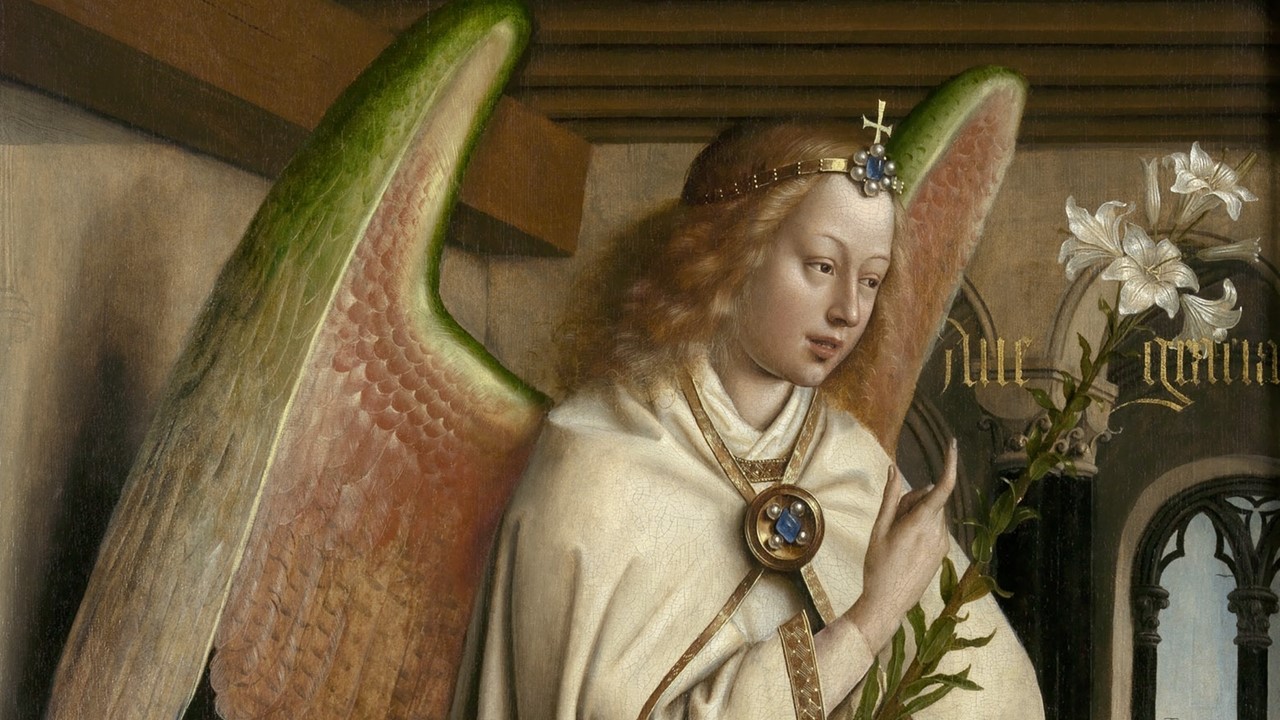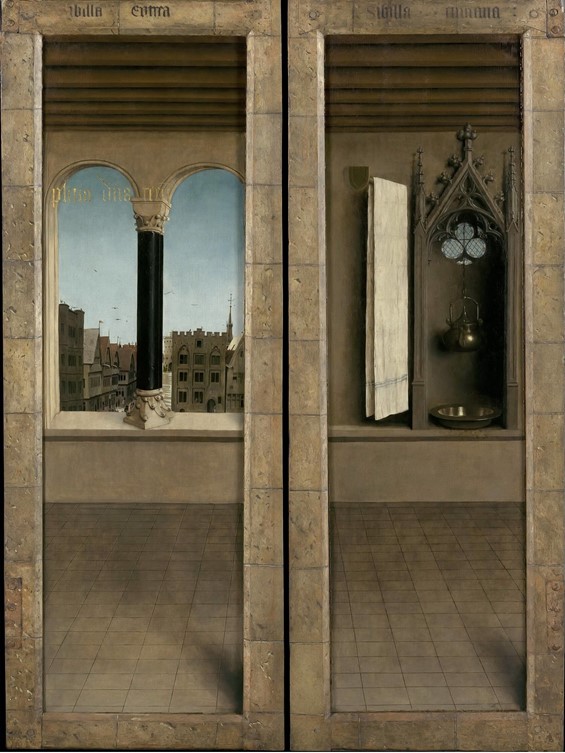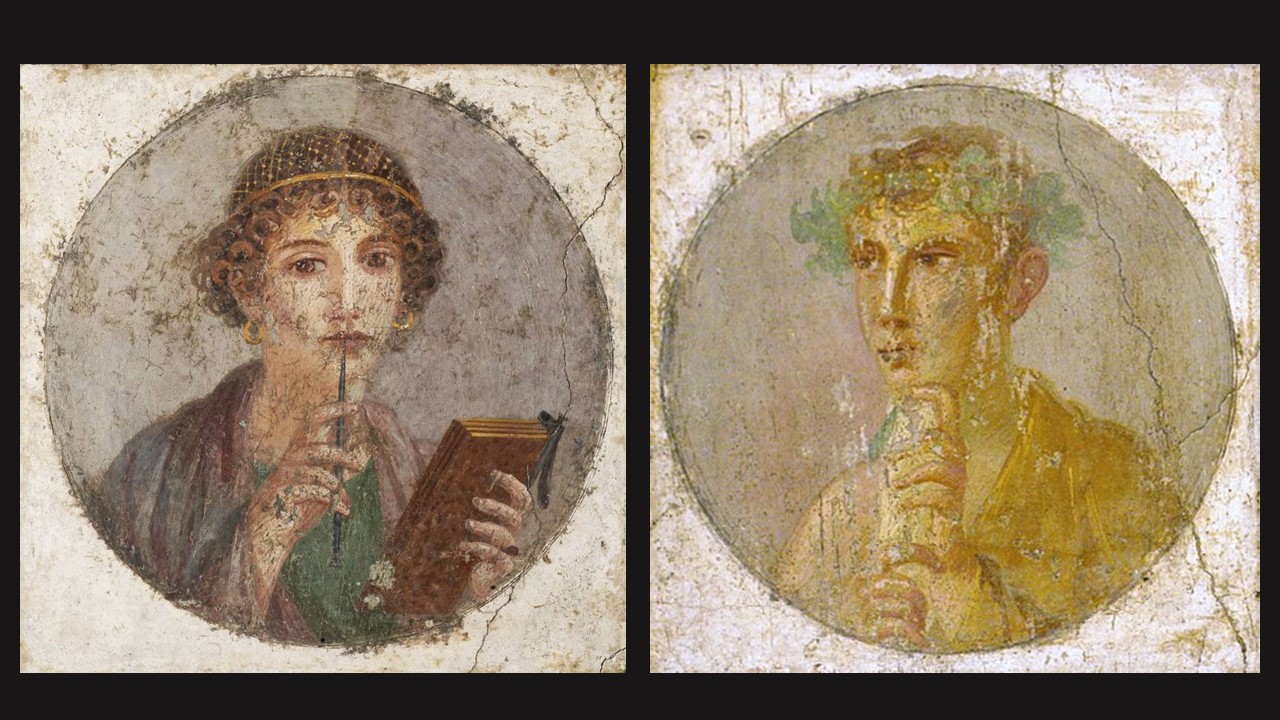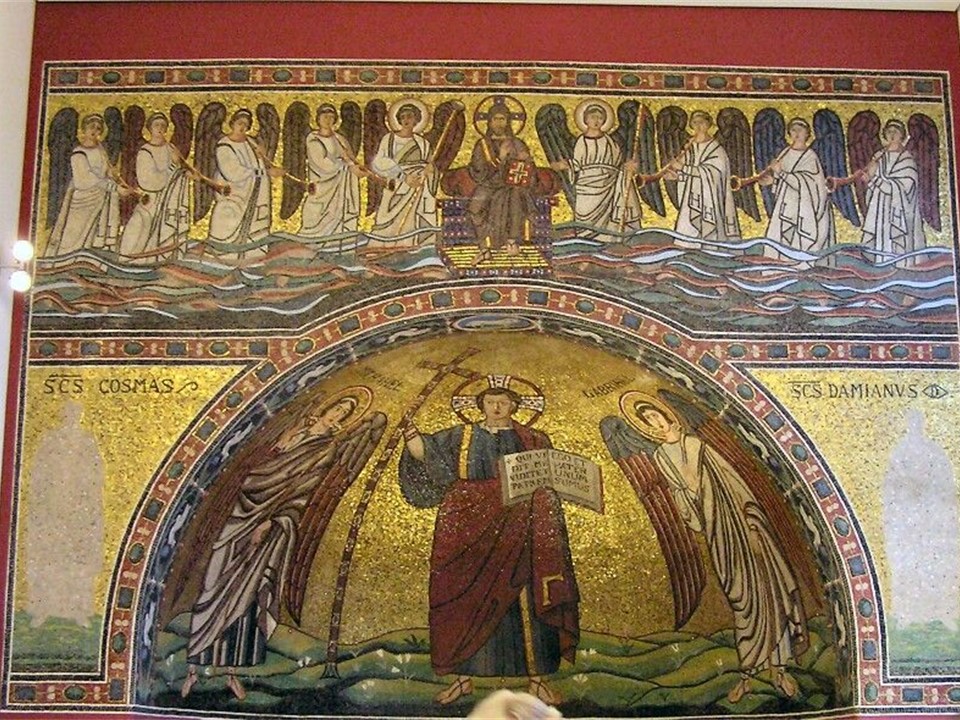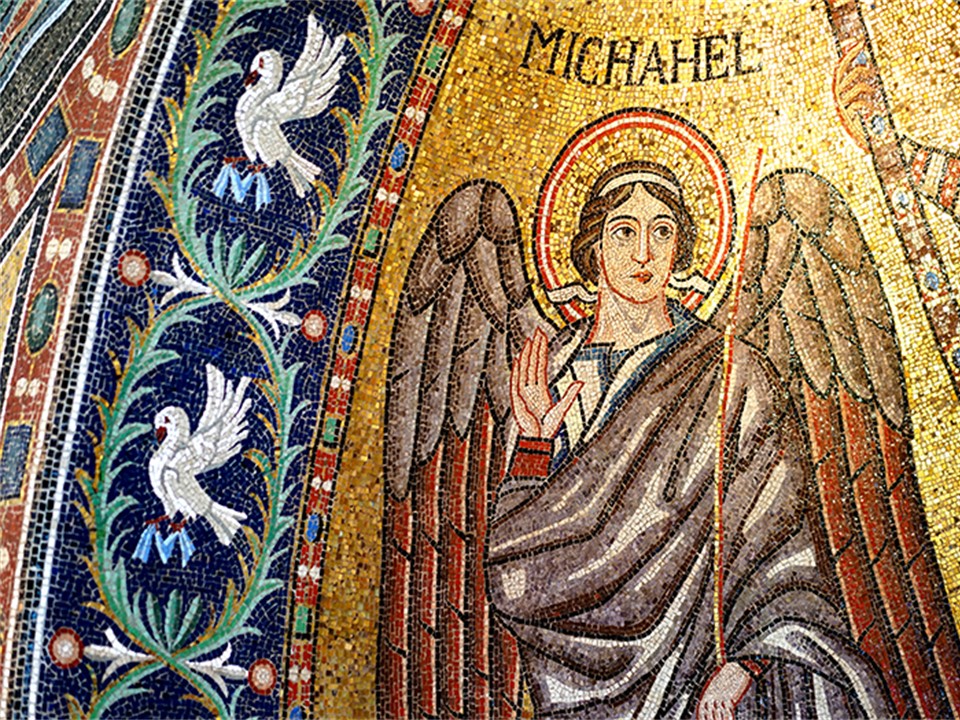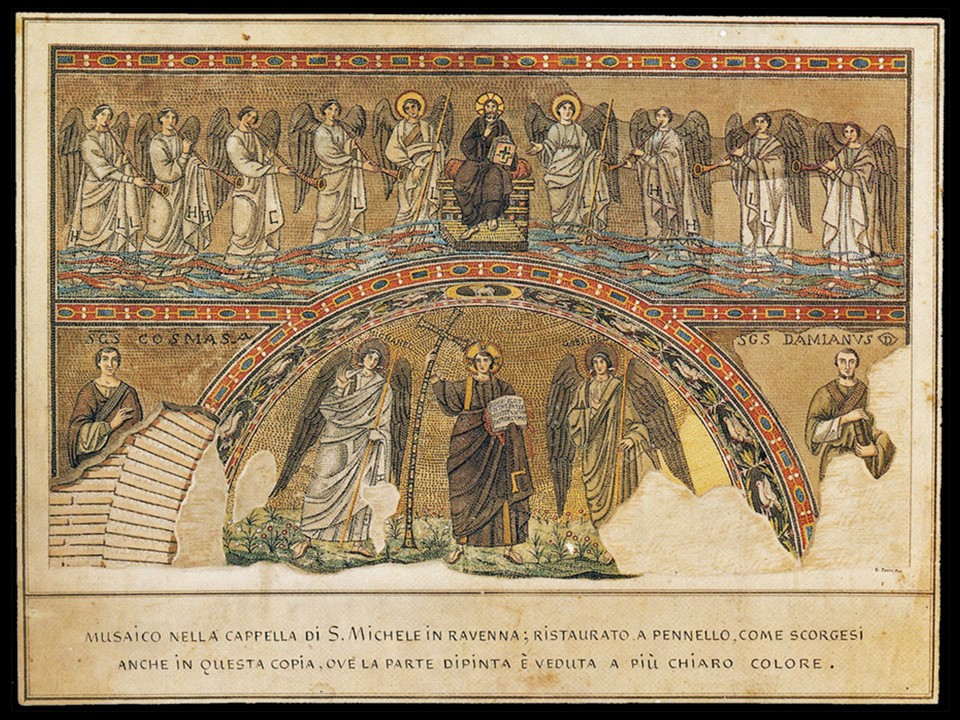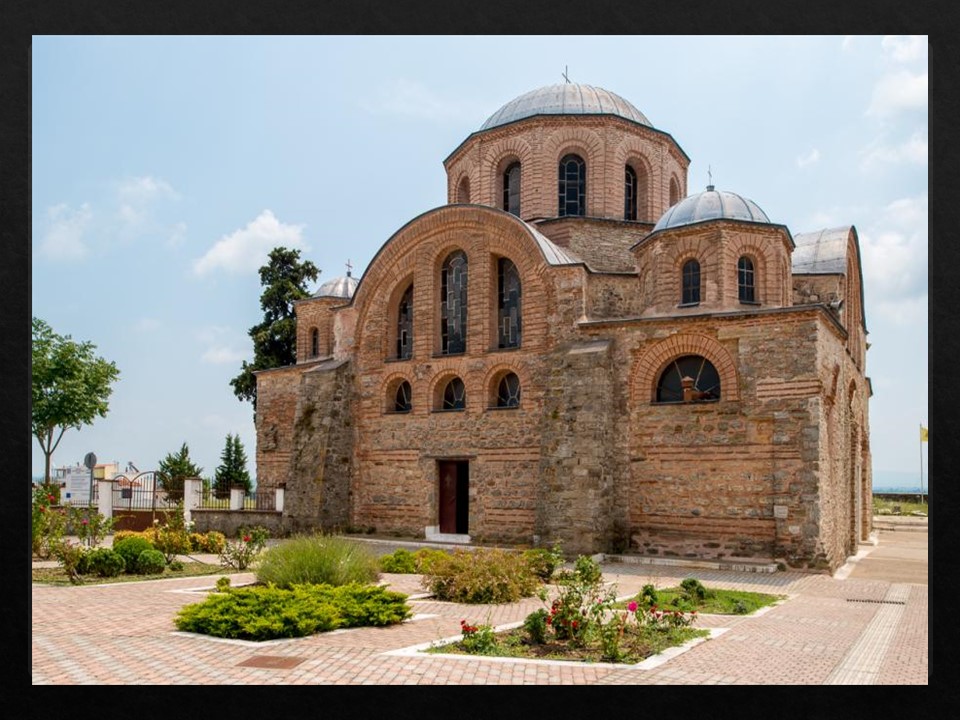
A church of the utmost quality, unpretentious, beautiful and imposing, the 12th century Panagia Kosmosotira in Feres, is the Katholikon of a grand Monastery, in the Byzantine type of the cross-in-square church with two columns and five domes. The Monastery is built in a magnificent location, the Byzantine city of Bera, modern-day Feres, next to the Delta of Evros River.
Panagia Kosmosotira, the Monastery, and its Katholikon were founded by Sevastokrator Isaakios Komnenos, the third son of Alexios I Komnenos (c. 1048 – 15 August 1118), founder of the Komnenian dynasty. Isaakios was a Porphyrogennetos (born in the purple) prince, a title he was granted as he was born during the reign of his parents. Although the origin of the title Prorphyrogennetos is not clear, it is widely accepted that a special Chamber known as “Porphyra” in the Great Palace of Constantinople was used for the delivery of the imperial newborns. Anna Komnene, a Porphyrogennete herself, describes this special room as “set apart long ago for an Empress’s confinement” located “where the stone oxen and the lions stand” (the Boukoleon Palace), and was in the form of a perfect square from floor to ceiling, with the latter ending in a pyramid. Its walls, floor and ceiling were completely veneered with imperial porphyry, which was “generally of a purple colour throughout, but with white spots like sand sprinkled over it.” https://www.doaks.org/resources/online-exhibits/gods-regents-on-earth-a-thousand-years-of-byzantine-imperial-seals/imperial-titulature/porphyrogennitos and https://en.wikipedia.org/wiki/Born_in_the_purple
Isaakios Komnenos had the title of Sevestokrator as well, granted to him by his brother, Emperor Ioannis II Komnenos (1087 – 1143) with whom he was in constant dispute and rivalry over the Byzantine Throne. He is also known as the author of several treatises and poems, a cultured man of learning and a great patron of the arts. Isaakios is responsible for rebuilding the Chora Church in Constantinople, where on the lower right side of the grand Deesis mosaic, his donor portrait survives to this day.
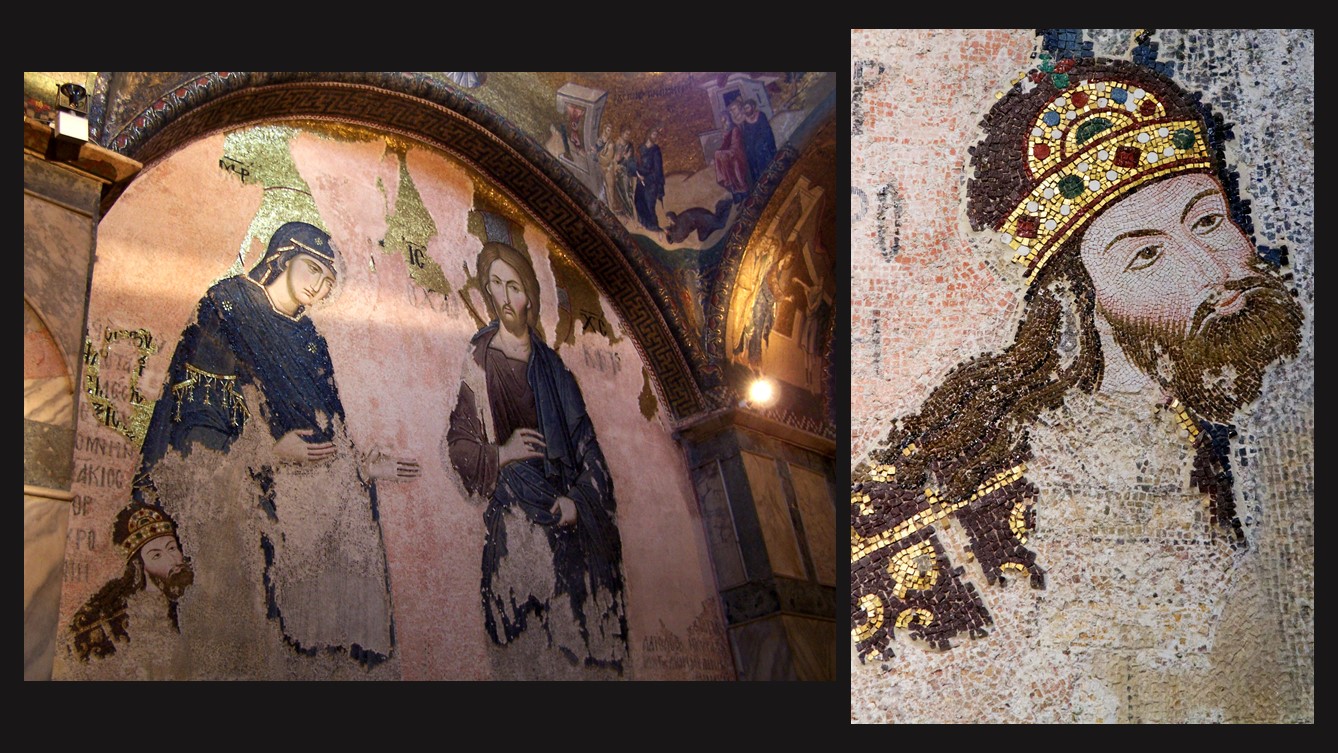
The Katholikon of Panagia Kosmosotira was Isaakios’s final resting place. A bit after 1150 he was forced to retire to his estate in Thrace, where in 1151/52, he founded the cenobitic monastery of Kosmosoteira (“Theotokos the World-Saviour”) in Bera (modern Feres). “The construction of the monastery, which was meant as his residence and final resting place, was of great emotional importance to Isaac, who invested considerable time and effort in it: although heavily ill at the time, he still went and supervised the monastery’s construction almost daily, and personally authored its typikon (charter) in 1152, making meticulous provisions about its governance and assigning extensive grants to it, including his own estates at Ainos. Possibly in imitation of his brother’s foundation of the Pantokrator Monastery, he also ordered the erection of a hospital outside the monastery walls.”
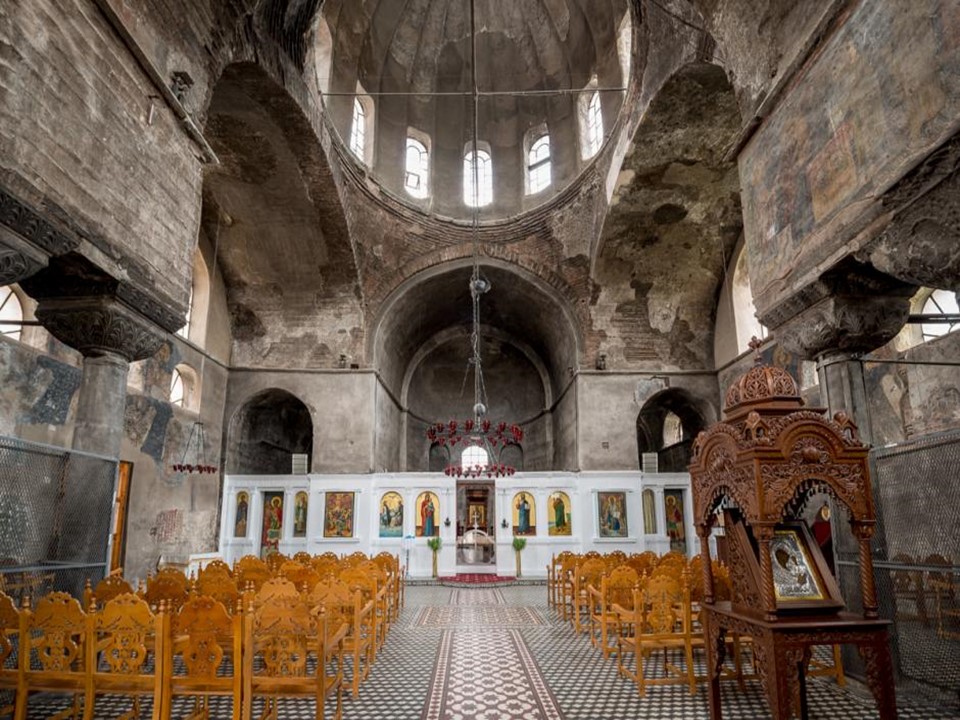
When visiting Panagia Kosmosotira, please note 1. The “monumental simplicity” of its architecture 2. The curved “contour” lines that characterize the structure of the church 3. The interplay of stone and brick in the construction 4. The interior fresco decoration dates back to the 12th century, an exquisite example of the Constantinopolitan style 5. The four painted military saints depicted between the arched windows of the northern and southern aisles (portraits of members of the Komnenos family?), and 6. the walled-in ceramic depiction of the single-headed eagle, a symbol of the dynasty of the Komnenos family in Trebizond.
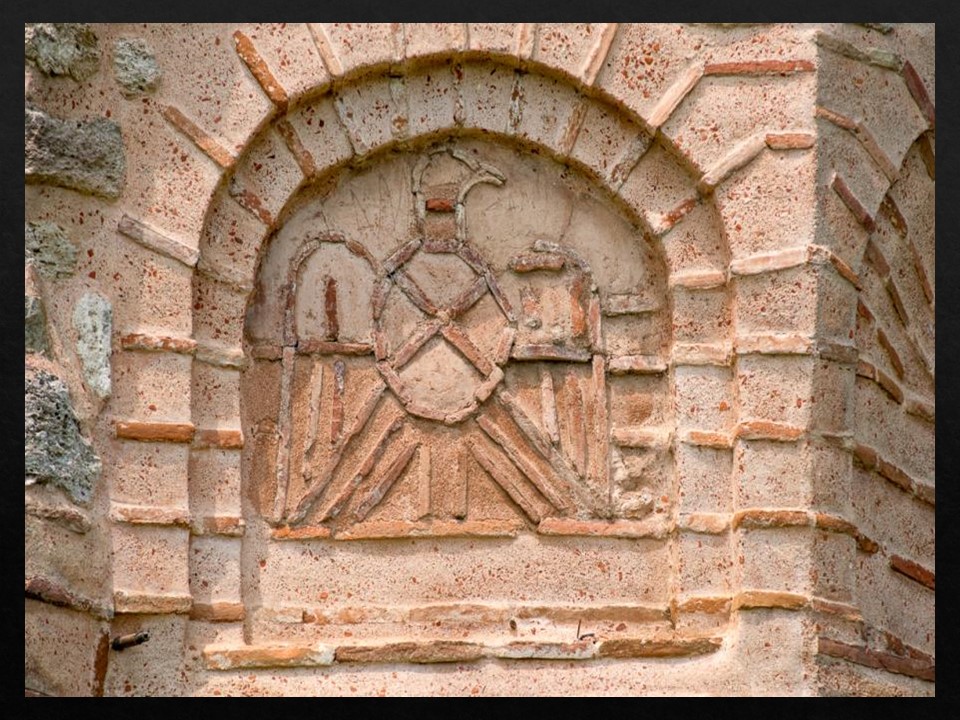
For a WAC (stands for Writing Across the Curriculum) Student Activity, please… check HERE!
